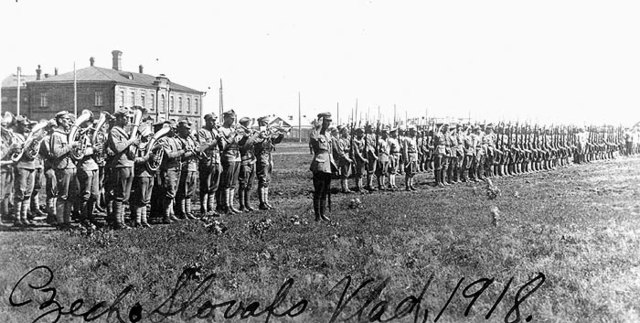Normalization (Czechoslovakia)
In the history of Czechoslovakia, normalization is a name commonly given to the period following the Warsaw Pact invasion of Czechoslovakia in August 1968 and up to the glasnost era of liberalization that began in the Soviet Union and its neighboring nations in 1987. It was characterized by the restoration of the conditions prevailing before the Prague Spring reform period led by the First Secretary Alexander Dubček of the Communist Party of Czechoslovakia (KSČ) earlier in 1968 and the subsequent preservation of the new status quo. Some historians date the period from the signing of the Moscow Protocol by Dubček and the other jailed Czechoslovak leaders on 26 August 1968, while others date it from the replacement of Dubček by Gustáv Husák on 17 April 1969, followed by the official normalization policies referred to as Husakism. The policy ended either with Husák's removal as leader of the Party on 17 December 1987, or with the beginning of the Velvet Revolution on 17 November 1989, which would see the resignation of the entire Communist Party leadership within a week and an end to Communist rule in Czechoslovakia.

Czechoslovaks in 1972.
History of Czechoslovakia
With the collapse of the Habsburg monarchy at the end of World War I, the independent country of Czechoslovakia was formed as a result of the critical intervention of U.S. President Woodrow Wilson, among others.
Czechoslovak Legions in Vladivostok (1918)
Tomáš Garrigue Masaryk, the first president of Czechoslovakia.
From left to right: Chamberlain, Daladier, Hitler, Mussolini, and Ciano pictured before signing the Munich Agreement in September 1938, which gave the Sudetenland to Germany.
Sudeten Germans in Saaz (Žatec) greet the Wehrmacht with Nazi salutes.





